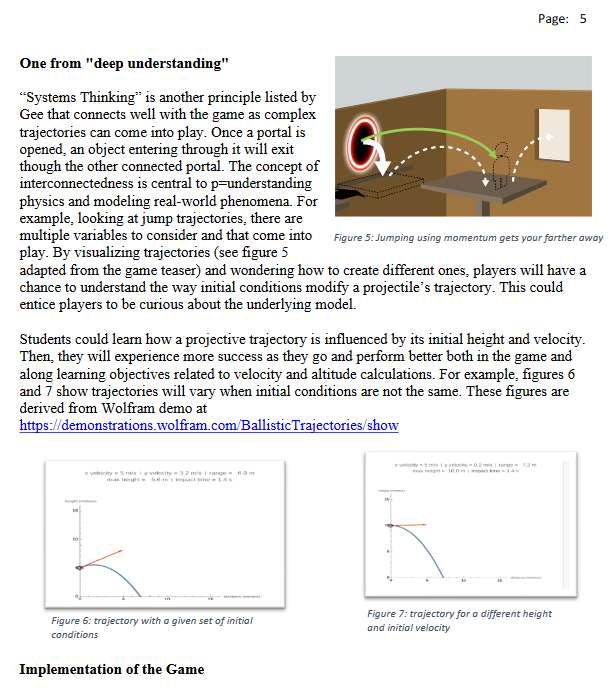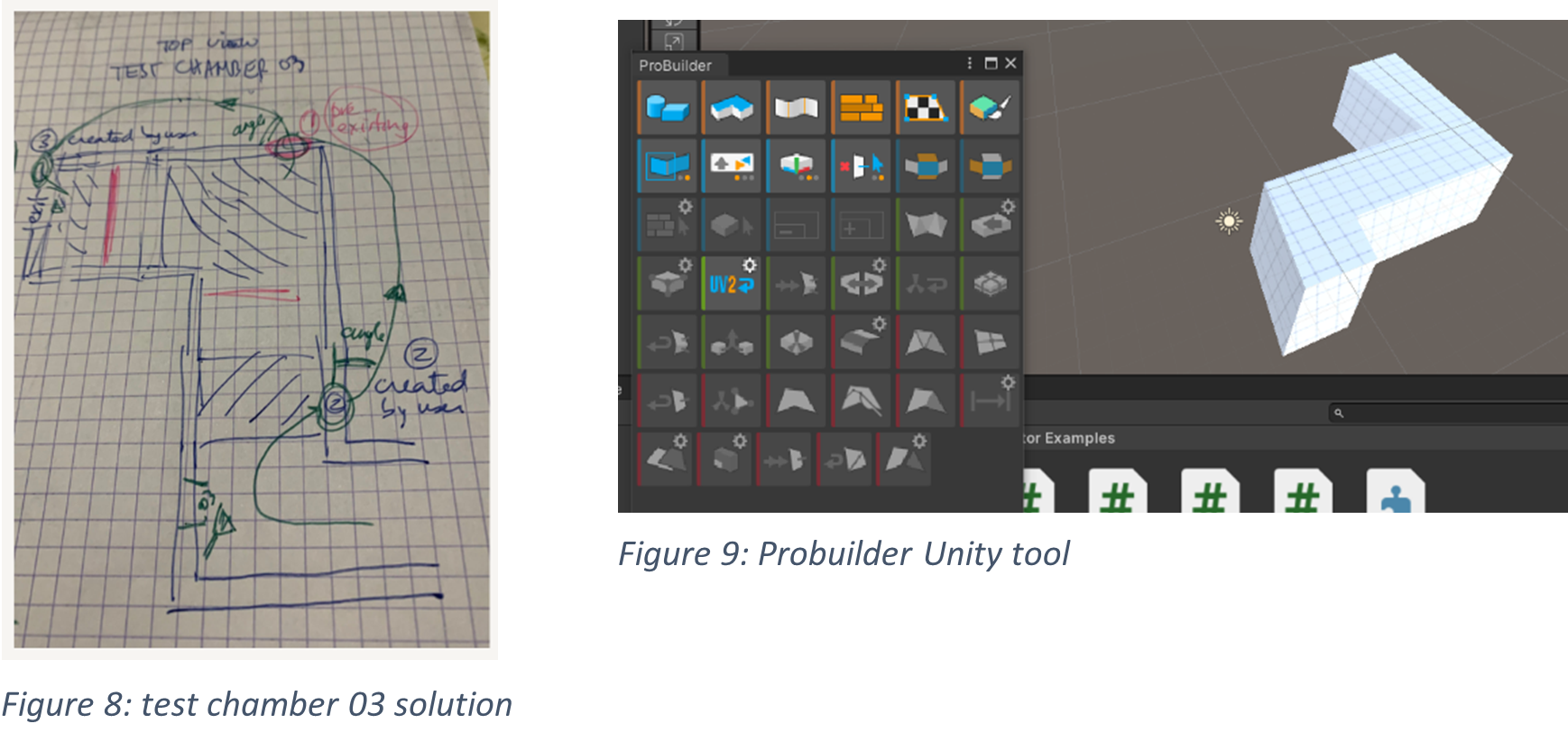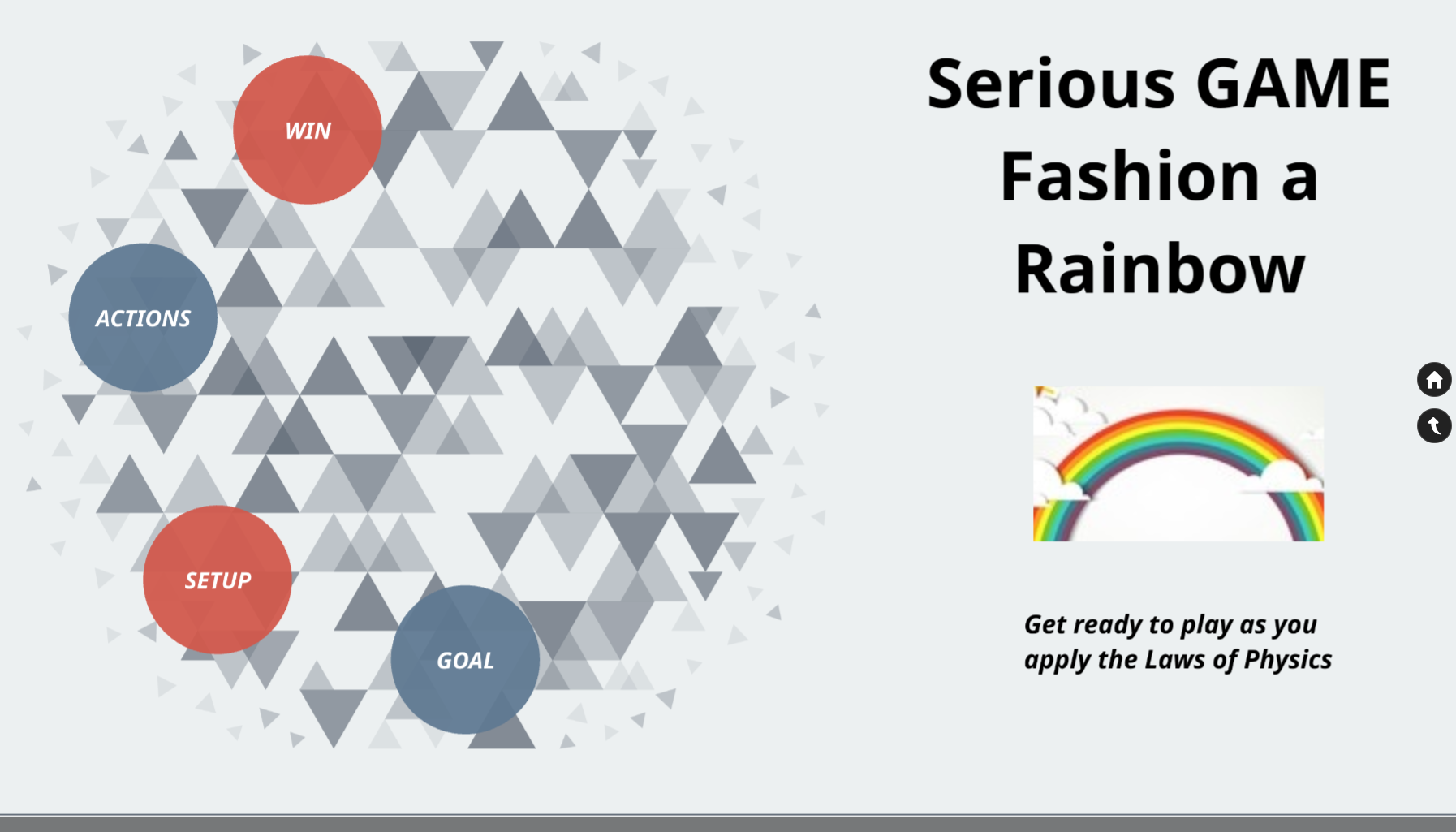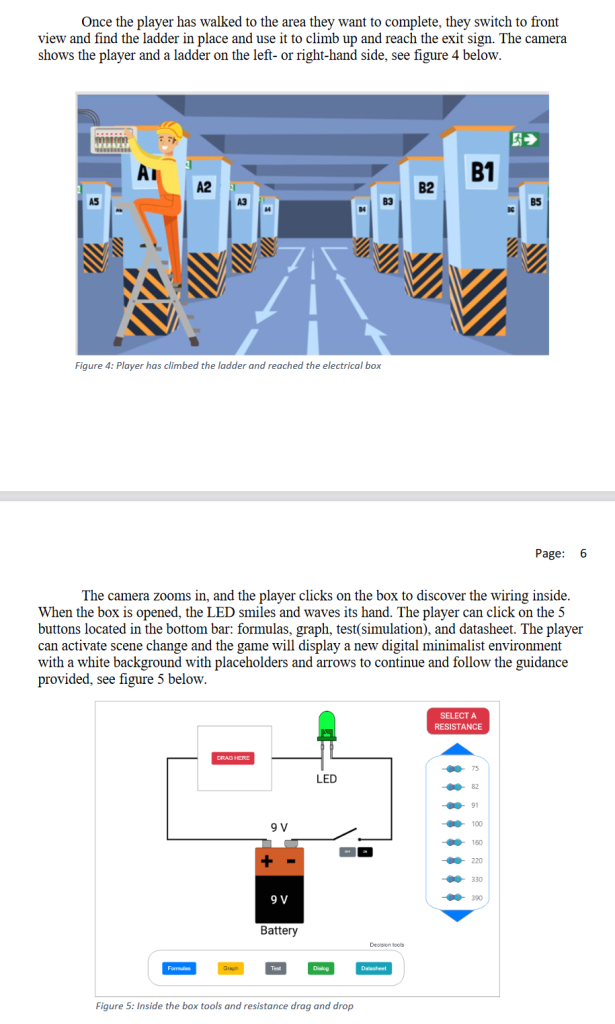Final Assignment
Excerpt:

VIEW PDF File: assignment-level5-vfinal-edited2
Draft of the template design I prepared for my students.

Excerpt:

VIEW PDF File: assignment-level5-vfinal-edited2
Draft of the template design I prepared for my students.

Fashion a Rainbow by kahina morisset on Prezi Next

Feedback
============
Cooperation is helpful though I don’t know that it is relating to the champion recognition (that would be competition). Rather cooperation would instill a better group sense of building the rainbow over the game. The added element of competition does go against the spirit of cooperative work but works better than a collaborative approach (collaboration with competition can be done but it is much harder to parse out (and players don’t always make that distinction easily), particularly when issues arise of whether to contribute (i.e. placing a card that a player doesn’t know how to use for other players to use) or not because your contribution will help someone else get ahead but you need to help the group move ahead).
Time is a good element in general as it does keep a game moving along (the missing Time element from Monopoly and Risk for example are why so many people get frustrated or don’t play — another good example of a game with time is Chess – True Chess games utilize a timer for similar reasons, to keep the game moving forward and to instill quick thinking). I don’t know that time, however, encourages the contribution of all, I believe that is more the social mechanics rather than time. Time itself applies tension to gameplay – which when done correctly is useful (it can be applied incorrectly which causes frustration and disinterest in learners as it can emphasize failure). Time in itelf as I’ve read in your instructions isn’t tied to the cooperative elements, but is tied to the competitive – where other players can analyze the answers to determine correct/incorrect choices. If the time limit were also placed on other players for this, time would be a bit more integrated.
Subject Area and Learning Domain
Players explore basic electronics and electricians’ job constraints. They have to
implement a simple circuit. It will power a Light Emitting Diode (LED). A LED emits light
when electrical current flows through it. However, LEDs are fragile and will be destroyed
with a current of more than 30mA. However, they also require sufficient voltage (typically
more than 2 volts) to work. The player will have to place a resistor component to manage
these constraints. Since resistors come with standard values, there will be more than one
solution, which may not be a perfect fit. Resistors could be a good enough fit.
Goals of the game
A player wins a “good” or “great” electrician award, see figure 1 below. At the highest
level, the game intends to motivate trade apprentices to investigate the subtleties of becoming
a great passionate trade person compared to a good trade worker. At a lower level, it helps
apprentices to evaluate their understanding of implementation risk for an electrical circuit
with LEDs knowledge and skills, to experience failure in a safe environment, learn from it,
and improve. Finally, it provides a way for students to assess how a stressful environment
could impact their logical thinking. They could use the various counters and feedback
Learning Objective(s)
MAGER provided an A, B, C, D format (Audience, Behavior,
Condition, and Degree), which was used to reformat our initial learning objectives as follows:
Players will be able to solve as many puzzles as possible during the allotted time using
simulation of electrical laws and drag and drop of resistance into an electrical circuit with an
LED. Players optimize the LED’s brightness the best possible way.GDD Excerpt:

PDF General Design Document: Level4-Digital GDD & Construct v9
Puzzle game prototype with Collect and Place Feature demonstration:
https://kay6.itch.io/dragomir-ava-circuit-led